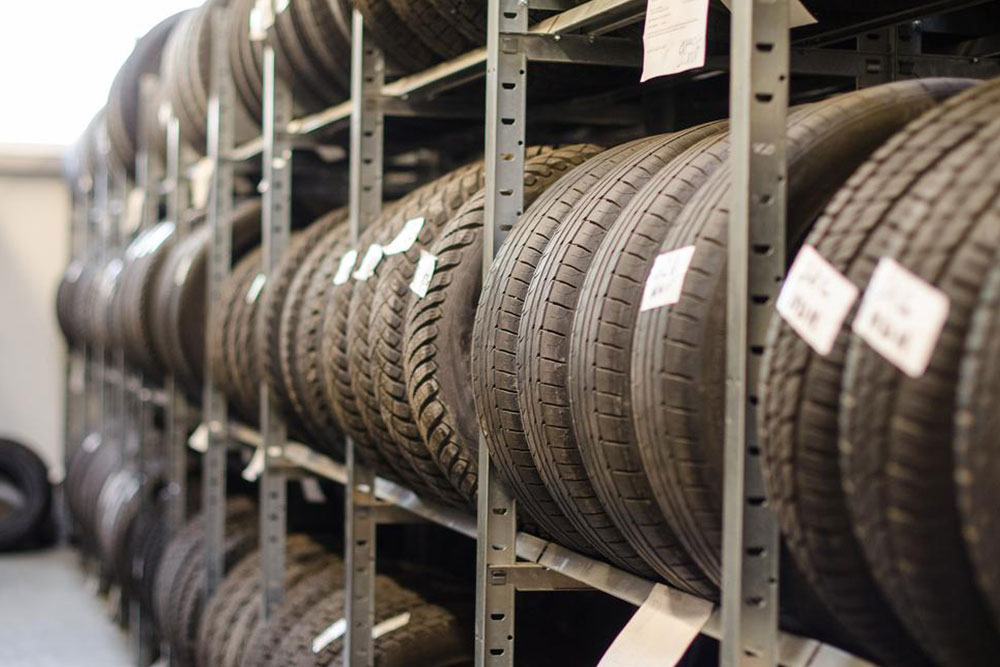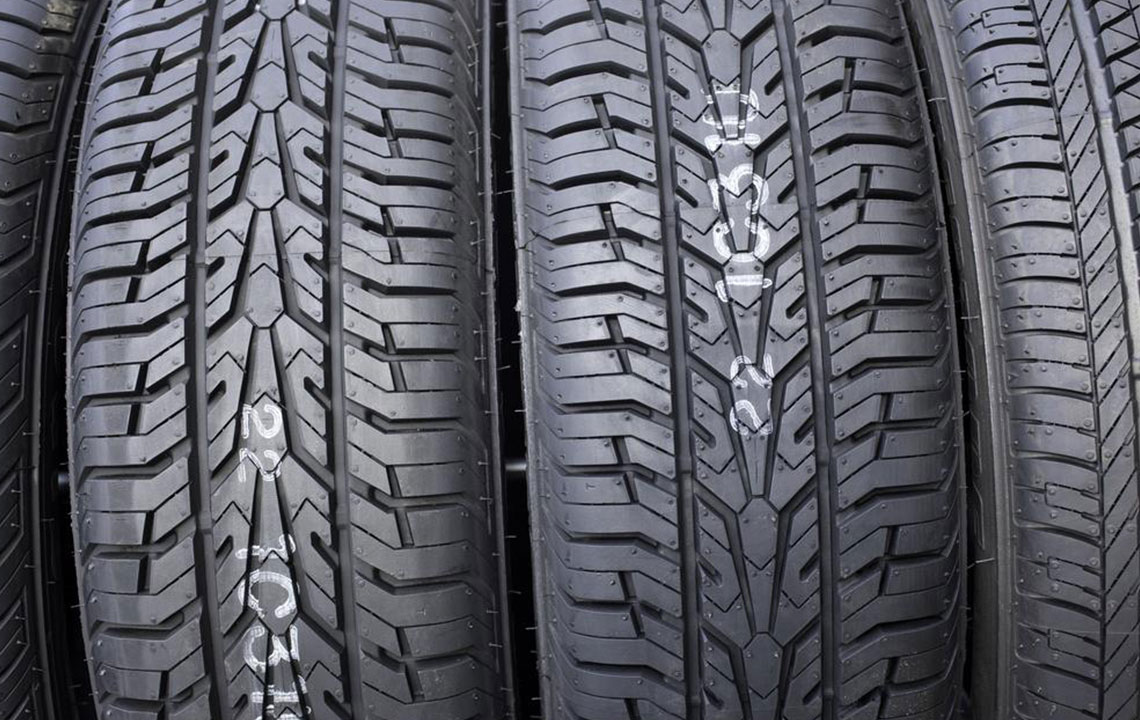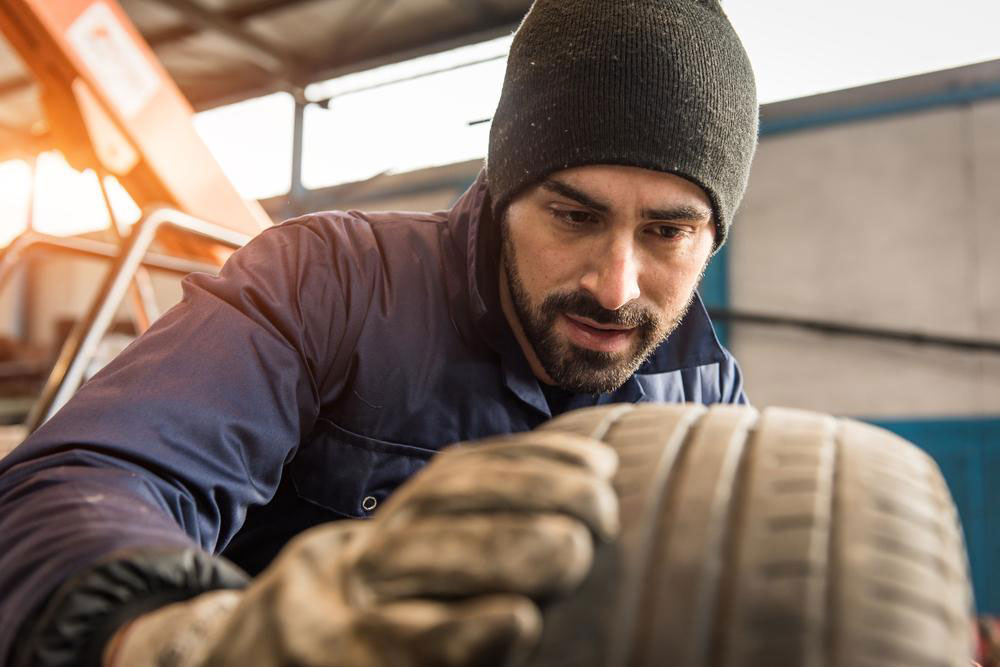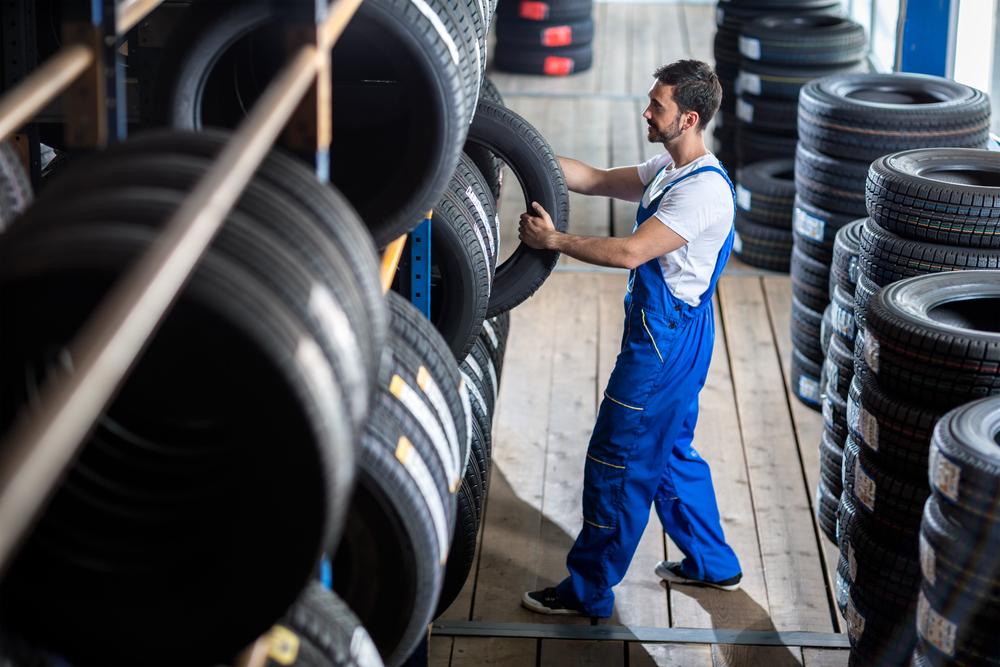The History and Development of Tires
This article explores the evolution of tire technology, from ancient rubber extraction to modern pneumatic designs. It highlights key innovations like vulcanization and the development of specialized tires for various industries, emphasizing ongoing research driven by racing and safety needs. A detailed overview of historical milestones and technological advancements showcases the progress in tire manufacturing, reflecting its crucial role in modern transportation and industry.
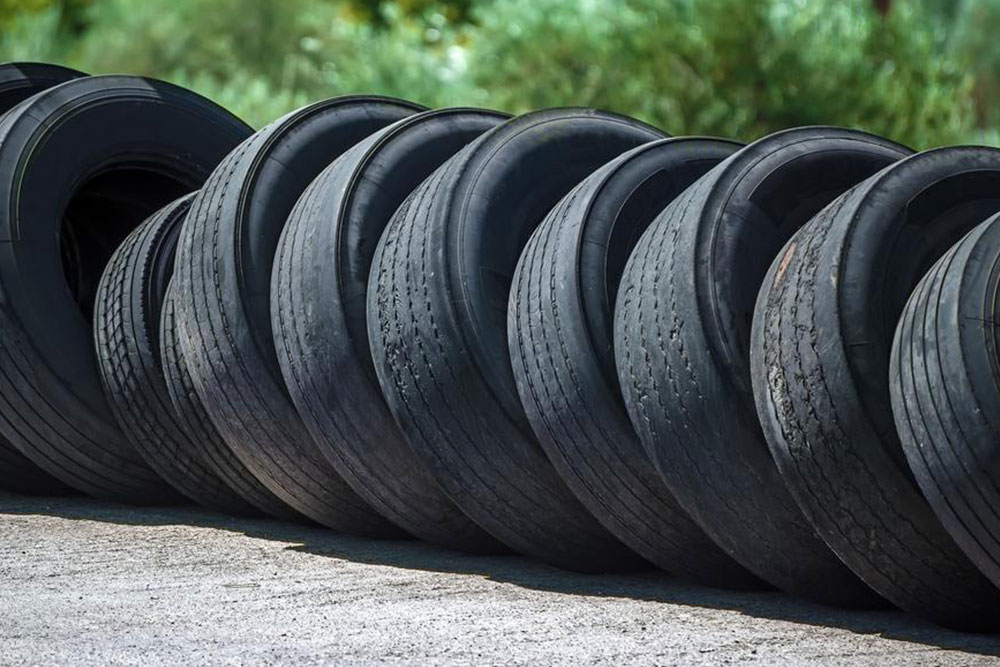
The History and Development of Tires
Tires are essential components across various industries, and their manufacturing and use serve as indicators of economic progress. The diversity of tire types is immense, serving cars, motorcycles, tractors, heavy trucks, and aircraft, each with specific features. Throughout history, tire technology has evolved to prioritize durability, extensive mileage, excellent grip, and fuel-efficient, low-friction performance to ensure safety and efficiency across different terrains and speeds.
Initially, tires were developed to meet specialized needs, incorporating unique specifications. Rubber's discovery dates back roughly 3500 years when South American indigenous peoples extracted latex from the Para Rubber Tree (Hevea Brasiliensis), boiling it into rubber balls. Christopher Columbus brought these rubber balls to Europe. By the late 1800s, solid rubber tires emerged, capable of bearing load and shock absorption. Prior to 1839, rubber was used in its natural form, prompting ongoing research to enhance its qualities for different applications.
Innovators like Thomas Hancock and Charles Goodyear advanced rubber technology through vulcanization, which enhanced rubber's durability and elasticity. Dunlop experimented with various formulations to improve rubber's performance. Interestingly, vulcanization occurred accidentally when sulfur and rubber reacted on a stove. This process significantly increased flexibility and resistance, preventing crumbling. R.W. Thomson in 1845 developed pneumatic tires—air-filled tubes within leather casings—that reduced the risk of deflation from punctures. Although initially met with resistance, pneumatic tires gained popularity after a notable bicycle race victory using them, transforming the industry.
Ongoing research led to a wide array of tire designs tailored for specific uses. Innovations focused on reducing road friction, enhancing grip, and improving braking. Today, the racing industry continues to drive advancements in tire technology, pushing the boundaries of performance and safety.

